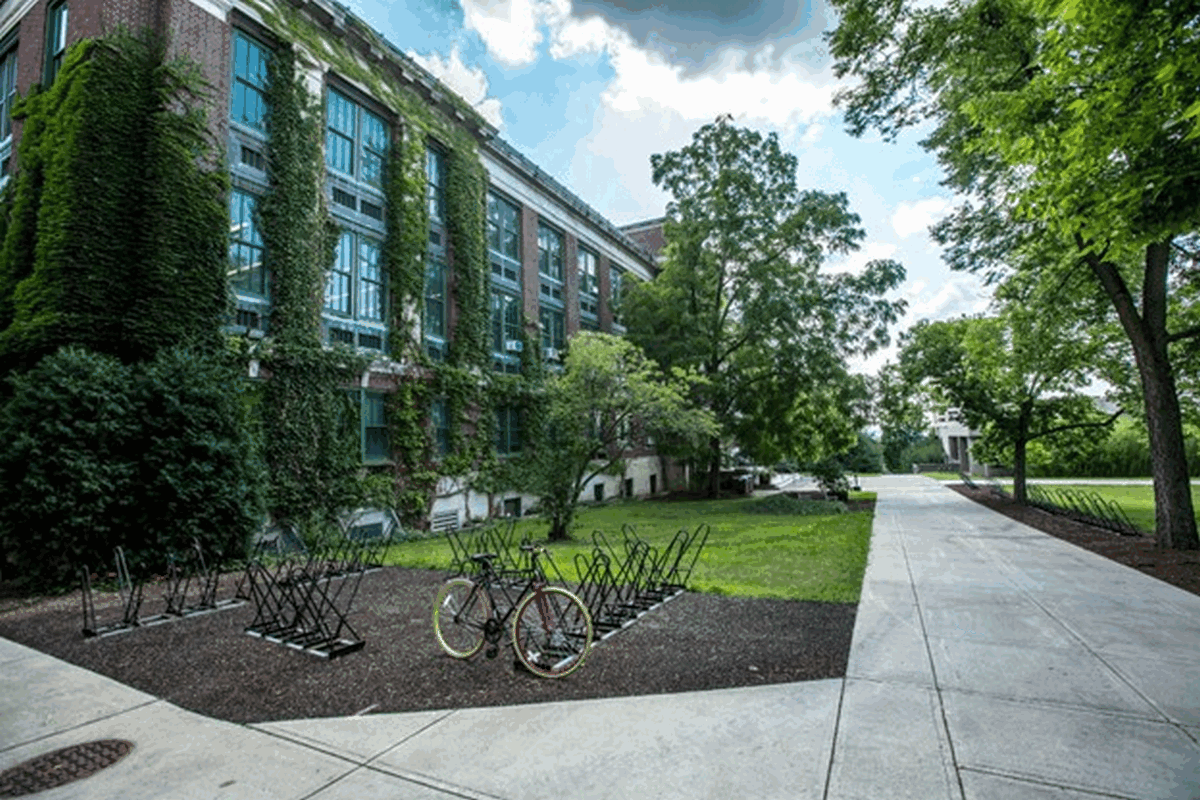The role of architecture in campus wellness: Designing spaces for student health, advice, Property tips
The Role of Architecture in Campus Wellness: Designing Spaces for Student Health
17 November 2023
Take a look at the best university campuses in the world. You will instantly see that some of them are in a picturesque environment, while others look like creative futuristic spaces where one can sit down and learn. It helps to discover the role of architecture in how students perceive things and feel safe. Thinking of how to design spaces for student health, one should focus on different zones where the use of technology and the necessity of a safe space is addressed. While no universal formula covers all the bases, one should consider extremes. Let’s look at what essential elements must be there for student health.
Designing Spaces for Student Health
Designing spaces for student health is an essential aspect that architects need to focus on while designing university campuses. In this article, we will discuss some of the crucial elements that must be considered to create a healthy and safe environment for students.
- Focus on Providing Sufficient Light.
Regarding student health, you should focus on learning spaces where learners can get enough natural light. While you may think about design and the amount of living space, it should start with the presence of sun in the room as it will help to decrease eye strain and the risks of fatigue and depression. Some students still study late at night, so one should provide LED strips in each room. For all the rest, essay services can become helpful by approaching a college paper writing service when things get difficult. Talking to an expert and adding enough light should keep everyone covered!
- Leisure Zones.
The campus wellness can only function by creating a leisure space, a buffet, and a tech hub. This is where you should think about design themes or concept ideas. Depending on the type of college or university, you can either focus on using technology or start with multiple tech spots and libraries that can be easily accessed. Such a method will help students to remain inspired and start reading and exploring more. This way, the times of leisure will remain meaningful for those who learn.
- Spaces for Extracurricular Activities.
When dealing with the campus wellness problem, consider providing enough space for student clubs, a place to play sports, a small venue, a garden, and an environmental aspect. Consider a safe outside zone to allow students to focus on creative tasks. For example, when you learn how to write scholarship essay, you have to remain in the creative mode and eliminate all distractions or things that annoy you. The same is true when you need to meditate, do some stretching exercises, or talk to your significant other without someone hearing the talk.
- On-Campus Location for Group Projects.
Last but not least is a safe space for group projects, student campaigns, competitions, and even live concerts. As a rule, most colleges will have a hall already included, yet two options (inside and outside venues) should be considered. It will help to avoid organizational delays and save time. Think about checking a case study group project first before designing things. It will help you narrow the practical requirements and focus on essentials regarding architectural solutions. You must balance technology and space to make things accessible for everyone.
Keeping up with Classic Architecture Standards
No matter what innovations you plan to take by adding modern labs, cafes, and even nightclubs on campus, you still have to focus on learning and the presence of a spacious gym with a leisure space. After all, the talk goes about studies and the necessity to keep things accessible, logical, and peaceful. It means that an architect has to provide an outline where students can easily find the auditorium and have all the campus safety standards followed in case of an emergency. This is where many architects cut corners by focusing on the visual and exterior aspects. Therefore, start with the classic standards and focus on learning and public safety.
BIO
Philip Richardson is a designer and a creative content entrepreneur. Turning to his educational background, he loves to analyze and provide helpful tips for specialists of all backgrounds. Follow Philip to get creative and discover new ideas as you learn.
Comments on this guide to The Role of Architecture in Campus Wellness: Designing Spaces for Student Health article are welcome.
Furniture
Furniture Posts
Best dining table for your house
Bauhaus inspired architecture and furniture
Building
Residential Architecture Articles
Comments / photos for The Role of Architecture in Campus Wellness: Designing Spaces for Student Health page welcome





